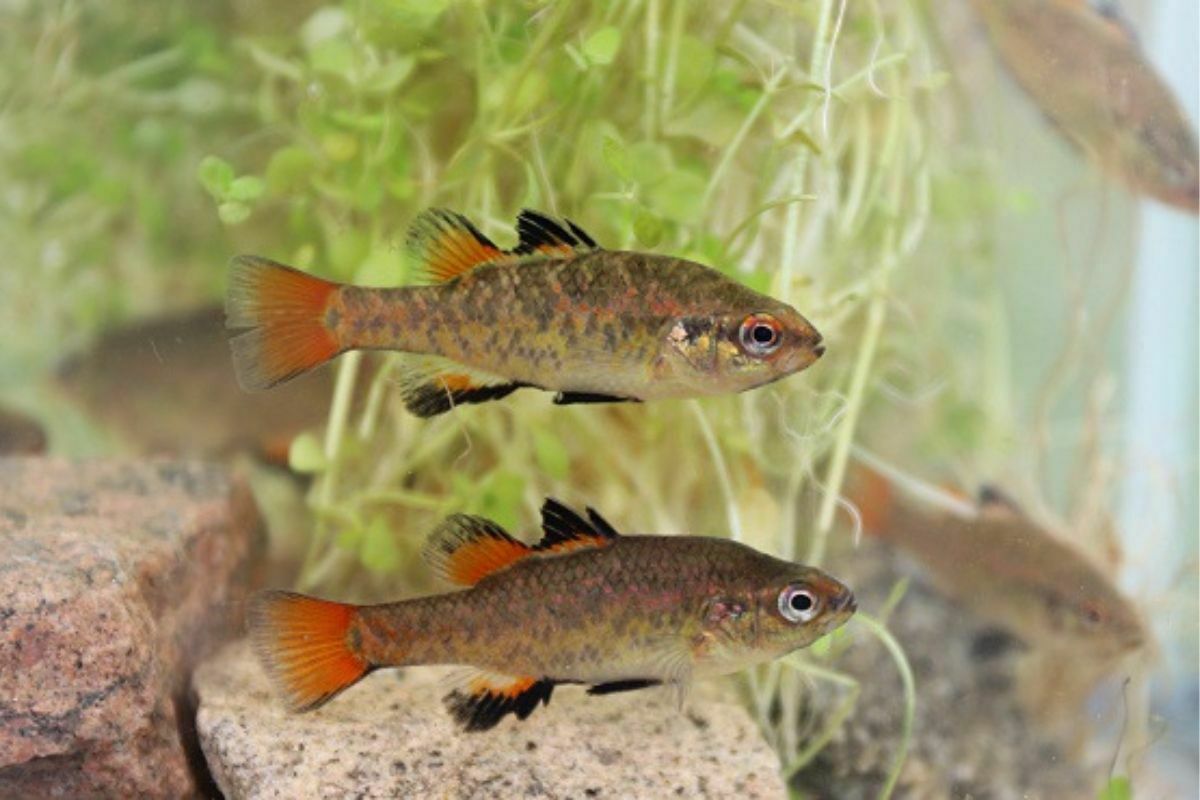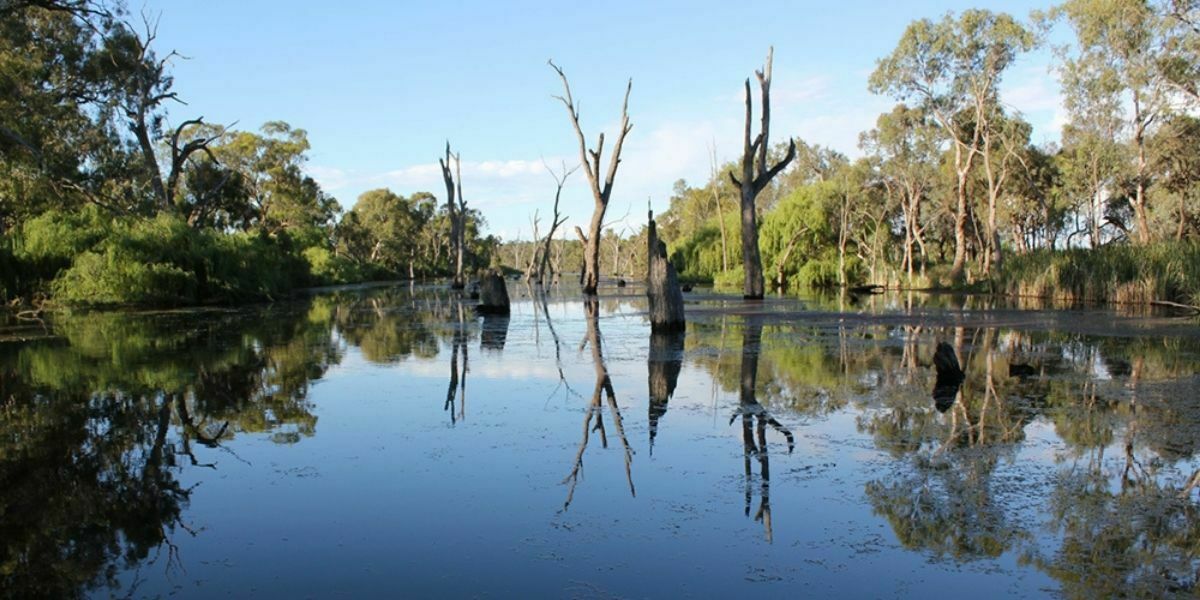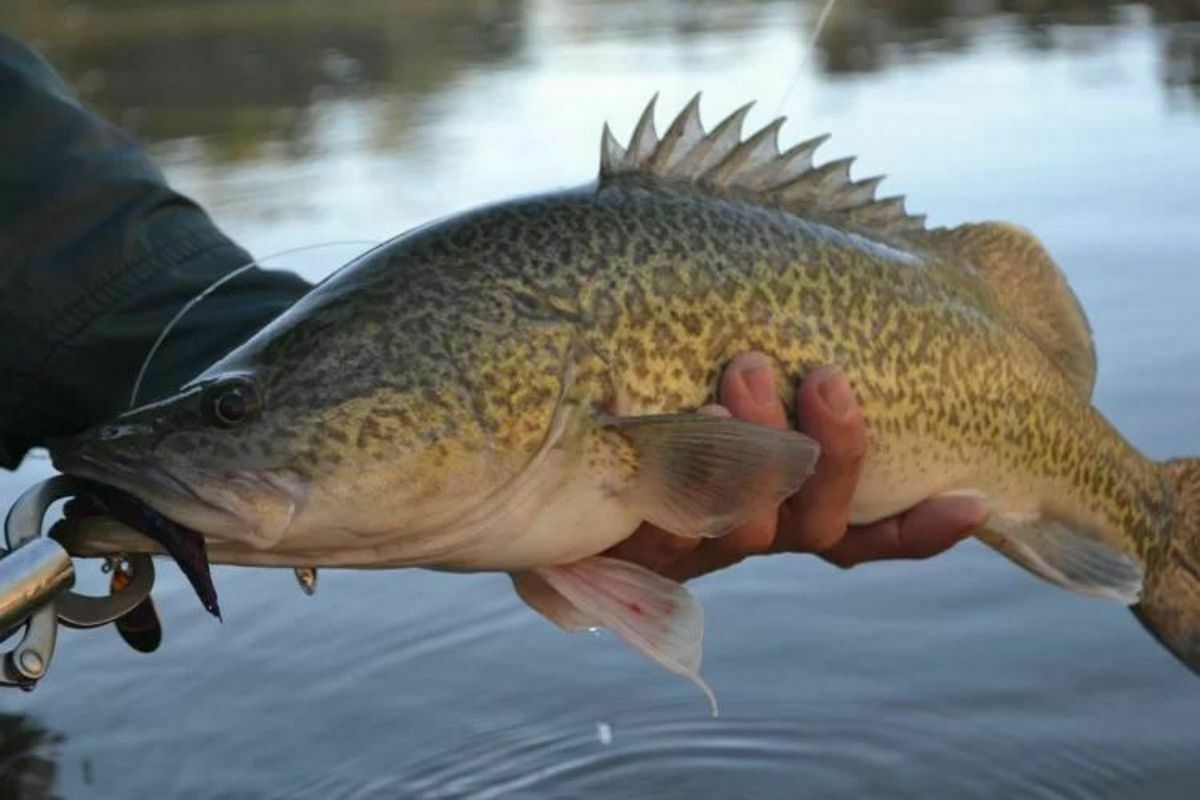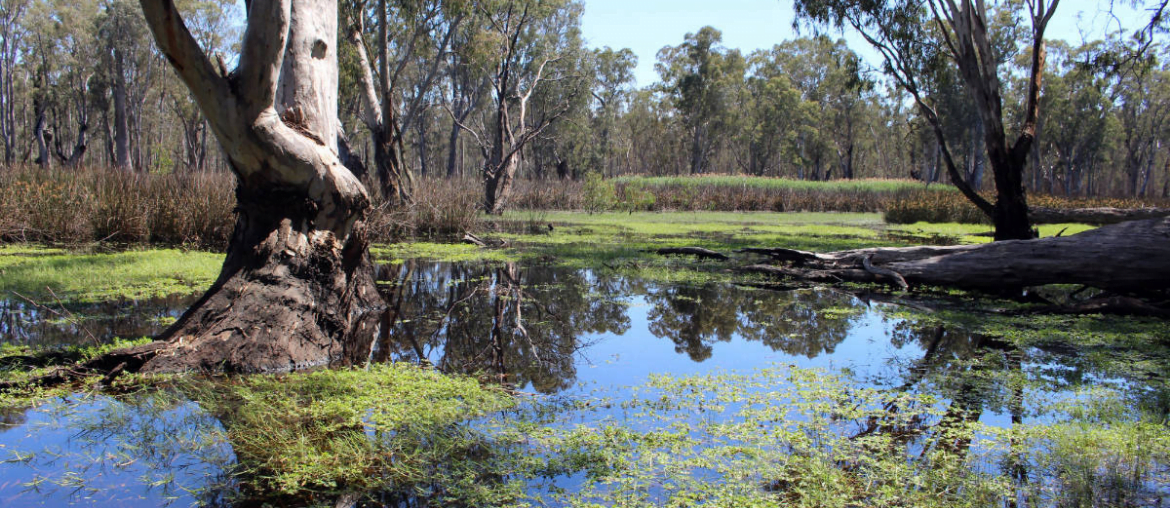The Mid-Murray Floodplains along the New South Wales and Victorian border are home to some of the highest diversities of native fish species within the Murray-Darling Basin. Threatened and recreationally important species, like the Murray cod, golden perch, trout cod and silver perch, as well as wetland-specialist species, once thrived in the region’s interconnecting rivers, wetlands, billabongs, and lakes.
Since European settlement, however, it is estimated that native fish populations have decreased by 90% across the Murray Darling Basin, including in the Mid-Murray Floodplains. The compounding impacts of an unpredictable and changing climate, dam and weir infrastructure preventing waterway connectivity and flow, invasive species, removal of instream woody habitat, and degradation of riverbanks have created unsustainable habitats for aquatic species, especially native fish. In the Mid-Murray, of the 22 native fish species who are known to have occurred prior to European settlement, five are now locally extinct and a further seven are threatened.

The Magnificent Six are a group of small-bodied floodplain specialist fish species that have seen a large decline in the Mid-Murray Floodplains. The Murray hardyhead, olive perchlet, flat-headed galaxias, Yarra pygmy perch, Southern purple-spotted gudgeon and Southern pygmy perch are struggling due to less abundant permanent floodplain habitats. Their decline also has an impact on the local ecosystem, as these species are often food sources for larger fish and floodplain birds.
A healthy river system and healthy native fish numbers are important for the region and the entire Murray Darling Basin. Ecotourism and recreational fishing provide a significant financial boost to regional economies around the Basin. These activities are estimated to be worth around $8 billion for Murray Darling Basin communities annually and in north-west Victoria, anglers and ecotourism contribute $307 million annually to the region.
In 2014, the declining native fish populations concerned scientists and community members alike and as a result the North Central Catchment Management Authority (CMA) developed its flagship Native Fish Recovery Plan for the Gunbower Creek and Lower Loddon River. Importantly, the recovery plan has a long-term focus that brings together the local community, First Nations groups, irrigators, water managers, government agencies and scientists. The plan recognises the importance of recovering native fish for regional economies as well as the conservation benefits for threatened native species.

In the eight years since its implementation, the plan has achieved outstanding results:
- Construction of six large fishways and another two underway.
- Australia’s first irrigation channel fish exclusion screen at Cohuna Channel.
- 125 instream woody habitats installed.
- 40km of fencing, 100 hectares of riparian revegetation and 150 hectares of weed control.
- Environmental water management plans for key waterways.
- Two captive breeding and conservation stocking programs for threatened fish.
The 2014 plan was costed at $35-40 million and, for Peter Rose, Coordinator of the Mid-Murray Floodplain Recovery Reach, the Plan has been successful because of several integral components:
- Large-scale long-term plan underpinned by strong science.
- Ongoing input and collaboration from researchers, consultants, and community.
- Strong support and partnerships – especially with First Nations groups, Goulburn Murray Water, and recreational fishers.
- Strong government investment in the plan – ~$17.2 million in last 2 years.
The long-term vision of the Native Fish Recovery Plan has proven the importance of planning for larger-scale projects and allowing the time to see results. This investment in native fish not only benefits the environment and biodiversity conservation, but it also has important economic and recreational benefits.
At Finterest, we see the benefits of having a plan that engages multiple stakeholders. The plan provides a framework and a common vision that allows different groups and stakeholders to have their work represented and acknowledged in the recovery of native fish.
Since 2014, native fish like the Murray cod and trout cod are recovering in Gunbower creek, and the once locally extinct Southern purple-spotted gudgeon has been found in several lakes throughout the Lower Loddon catchment. The Murray cod and trout cod’s recovery have been so successful that fishing competitions have been held in the Gunbower creek due to the healthy numbers found.

Currently, a new Mid-Murray Floodplains fish recovery plan is being drafted, and it’s hoped this new plan will see as much success as the 2014 plan.
The success of the plan shows the importance of long-term commitments and recovery plans for native fish populations. These plans support the hard work of fish and water managers, and support the native fish species and communities that rely on them.
For more information:
- A webinar on the Mid-Murray Recovery Reach by coordinator Peter Rose
Featured image: Reedy lagoon, ideal habitat for threatened floodplain specialist fish. Credit: Peter Rose.




